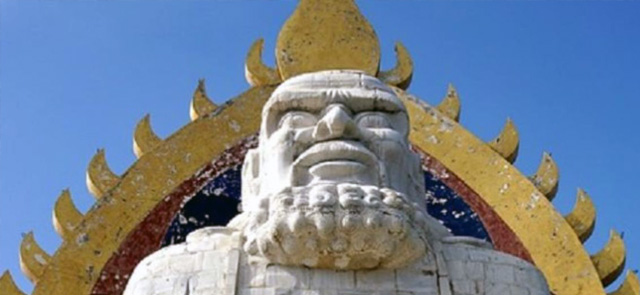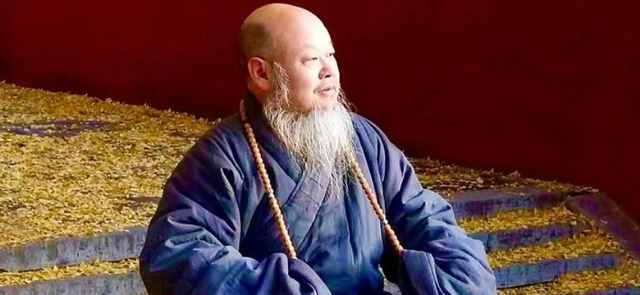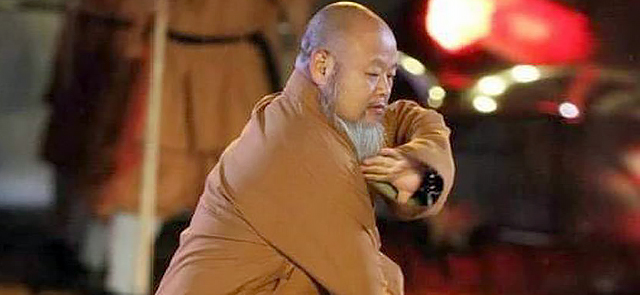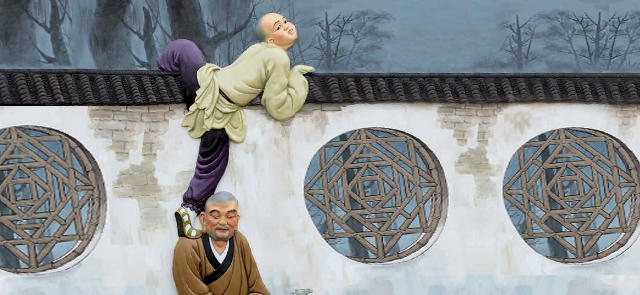Buddhism has had a profound impact on the culture and history of China, and one of the most prominent examples of this influence is the Shaolin Temple. The Shaolin Temple, located in the Henan province of China, is a Buddhist monastery that has played an important role in the development of Chinese Buddhism and martial arts.
The Shaolin Temple was founded in the 5th century by the Indian monk Bodhidharma, who is considered the first patriarch of Chan Buddhism (known as Zen Buddhism in Japan). Bodhidharma traveled to China to spread his teachings and established the Shaolin Temple as a place for monks to study and practice his teachings.
Over time, the Shaolin Temple became known not only as a center of Buddhist learning but also as a training ground for martial arts. The monks at the temple developed a unique style of martial arts that combined physical training with spiritual discipline, which became known as Shaolin Kung Fu.
Shaolin Kung Fu is characterized by its emphasis on flexibility, agility, and strength, as well as its use of acrobatic moves and weapons. The monks at the Shaolin Temple were renowned for their martial arts skills, and they often used their abilities to defend the temple against bandits and other attackers.
In addition to its martial arts legacy, the Shaolin Temple has also had a significant impact on Chinese Buddhism. The temple has been home to many renowned Buddhist scholars and practitioners over the centuries, and it has played a key role in the development of Chan Buddhism in China.
One of the most famous figures in the history of the Shaolin Temple is the monk Xuanzang, who traveled to India in the 7th century to study Buddhism and bring back Buddhist scriptures to China. Xuanzang's journey is chronicled in the famous novel Journey to the West, which has become a classic of Chinese literature.
The Shaolin Temple has also been the site of numerous important events in Chinese history. During the Tang Dynasty (618-907), the temple was the scene of a major rebellion led by the monk Huike, who was protesting the corruption of the ruling dynasty. The rebellion was eventually put down, but it had a significant impact on the political and social landscape of China.
In the modern era, the Shaolin Temple has become a popular destination for tourists and martial arts enthusiasts from around the world. The temple has been featured in numerous movies and TV shows, and its iconic pagoda forest and warrior monks have become symbols of Chinese culture and tradition.
Overall, the Shaolin Temple is a testament to the enduring influence of Buddhism in China. Through its unique blend of martial arts and spiritual practice, the temple has played a crucial role in shaping the culture and history of China, and it continues to inspire and captivate people from all walks of life.







